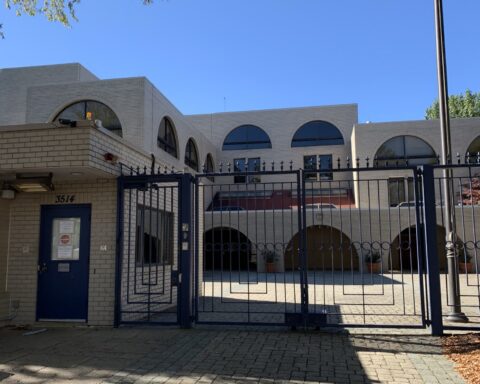Israel and Hamas have reportedly reached an agreement to suspend hostilities in the Gaza Strip, according to Arab mediators, creating an opportunity to conclude a 15-month battle that has devastated the region, posed a risk of regional escalation, and disrupted Western political dynamics.
The agreement will be executed in stages, commencing with the exchange of certain hostages in Gaza for Palestinian detainees in Israeli prisons, followed by discussions for a comprehensive cessation of hostilities.
The forthcoming discussions are expected to be acrimonious, as Israel and Hamas continue to disagree on the necessity of a lasting cessation of hostilities.
However, the two parties have consented to overlook those discrepancies in order to finalize an agreement at this time.
The parameters of the accord are not significantly different from those offered months ago when a greater number of Israeli hostages were still alive.
However, other events have recently brought the parties closer together.
Hamas has been severely weakened and marginalized by Israeli assaults that have decimated much of its leadership and intimidated its Lebanese partner, Hezbollah, as well as its principal supporter, Iran.
Israeli Prime Minister Benjamin Netanyahu has strengthened his governing coalition, diminishing the influence of right-wing groups who reject any agreement, and has been fortified by Israel’s military successes.
Negotiators, including Steve Witkoff, Trump’s appointed Middle East envoy, alongside officials from the U.S., Israel, and Arab nations, reconvened at noon local time in Doha, Qatar, to finish the document, according to Arab officials assisting in mediating the discussions.
The initial phase of the agreement would suspend hostilities in Gaza and facilitate the release of certain Palestinian detainees in Israel in return for the liberation of 33 hostages confined in Gaza.
The captives designated for release will comprise women, children, individuals with significant injuries, and those over the age of 50.
Hamas would additionally surrender deceased individuals.
The genuine evaluation of the cease-fire may arise after the initial 16 days, when the parties will commence discussions regarding the potential extension of the cessation into a permanent cessation of hostilities and the subsequent stages of the agreement.
These phases would encompass the liberation of all hostages and ultimately a strategy for the reconstruction of Gaza.
Previous negotiations have been compromised by a basic discord: Israel seeks the return of its hostages before resuming hostilities, whilst Hamas is reluctant to release detainees without concluding the conflict.
Israel reports that 94 captives abducted on October 7, 2023, are still in Gaza, the majority being Israeli nationals.
The group comprises dual nationals and over 30 hostages whom Israel has determined to be deceased, according to intelligence assessments; however, Israeli and U.S. authorities privately suspect that the actual death toll is significantly greater. Four more hostages, captured prior to the Hamas-led assault, increase the total to 98.
[READ MORE: Cuomo Leading Contenders in New Poll of Potential NYC Mayoral Candidates]
















